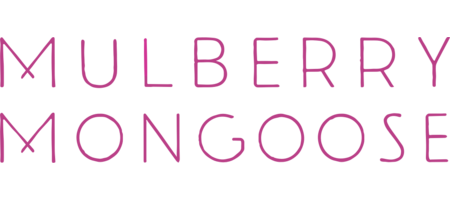One of my favourite materials to work with is the Vegetable ivory seed which comes from the indigenous Palm tree. The seed is protected by a coconut-like husk; once you remove its outer skin you can slice through it to reveal a gorgeous white centre.

Lucky, father of four and grandfather to three, transforms these seeds into beads and, in so doing, helped us create the new Rhino & vegetable ivory conservation design. It is no mean feat - these seeds are tough and it takes focus and strength to expertly slice through them and further cut them into small pieces. Not to mention our team’s precision as they carefully drill each one. The level of work that goes into each bead is a source of pride and joy. Life isn’t easy in the bush but it cultivates an ability to think out of the box, ‘make a plan’ and consequently create deeply meaningful and uniquely beautiful pieces.

And as with any project in the African bush, there is always an accompanying story! In this case we bought a bag of vegetable ivory seeds to start working with. They are an elephant’s favourite food and a large bull thought it was Christmas when he strolled past our workshop that night. A simple head bash had our door shattered and he lightly stepped inside to devour the whole bag of seeds. He kindly left the door off its hinges allowing a troop of baboons to pop in early the next morning. Not only were they delighted to eat the staff maize meal, they were also intrigued by our shop displays and successfully trashed our workshop before we arrived at 7.30 am to open up!

These challenges aside, the entrepreneurial hands of Lucky have helped him put food on his family’s table. Their magic has enabled us to create an innovative design that makes the wearer feel purposeful and unique. Whilst wearing a piece of Africa against your skin, you know you have given back to the rural Zambian economy, anti-snare patrols in Zambia and Rhino conservation in South Africa.


